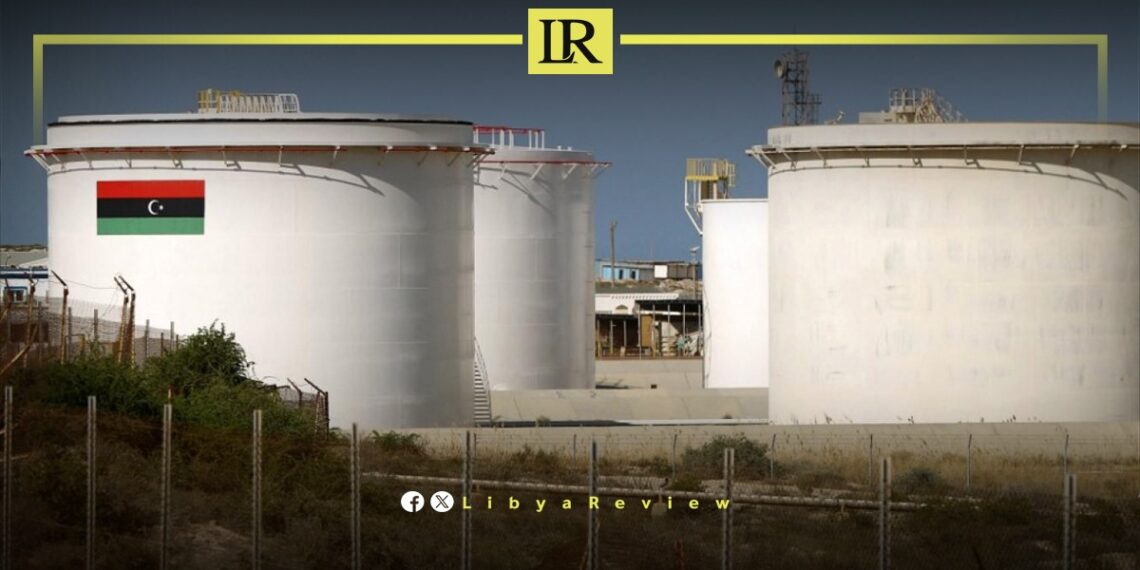Libya’s daily oil production recorded a slight dip on Sunday, according to the National Oil Corporation (NOC), underscoring the ongoing fluctuations in the country’s most vital economic sector.
Official figures showed that crude oil output stood at 1,388,379 barrels, down from 1.4 million barrels produced on Saturday.
Condensate production also edged lower to 52,420 barrels, compared to 53,607 barrels the previous day. Meanwhile, natural gas output declined marginally to 2.537 billion cubic feet, from 2.546 billion cubic feet on Saturday.
While the decreases remain relatively minor, they highlight the fragile nature of Libya’s oil and gas sector. Decades of underinvestment, political instability, and periodic shutdowns caused by unrest or blockades at fields and ports continue to create challenges for maintaining consistent production.
Despite the current dip, the NOC has set ambitious long-term targets that reflect its confidence in Libya’s untapped potential. The corporation is aiming to boost crude oil output to 2 million barrels per day and natural gas production to 4 billion cubic feet daily within the next three to five years. Achieving these goals, the NOC says, will require upgrading infrastructure, expanding exploration, and attracting both local and international investment.
The NOC has also stressed that increasing production is critical not only for Libya’s domestic stability but also for its role in the global energy market. As a member of OPEC, though exempt from output cuts due to its fragile circumstances, Libya’s production swings can influence supply balances and prices internationally.
Energy analysts caution that while the goals are achievable, progress depends heavily on political stability, security improvements, and transparent management of revenues. For Libyan citizens, oil and gas remain the lifeline of the economy, with revenues accounting for more than 90 percent of state income.


